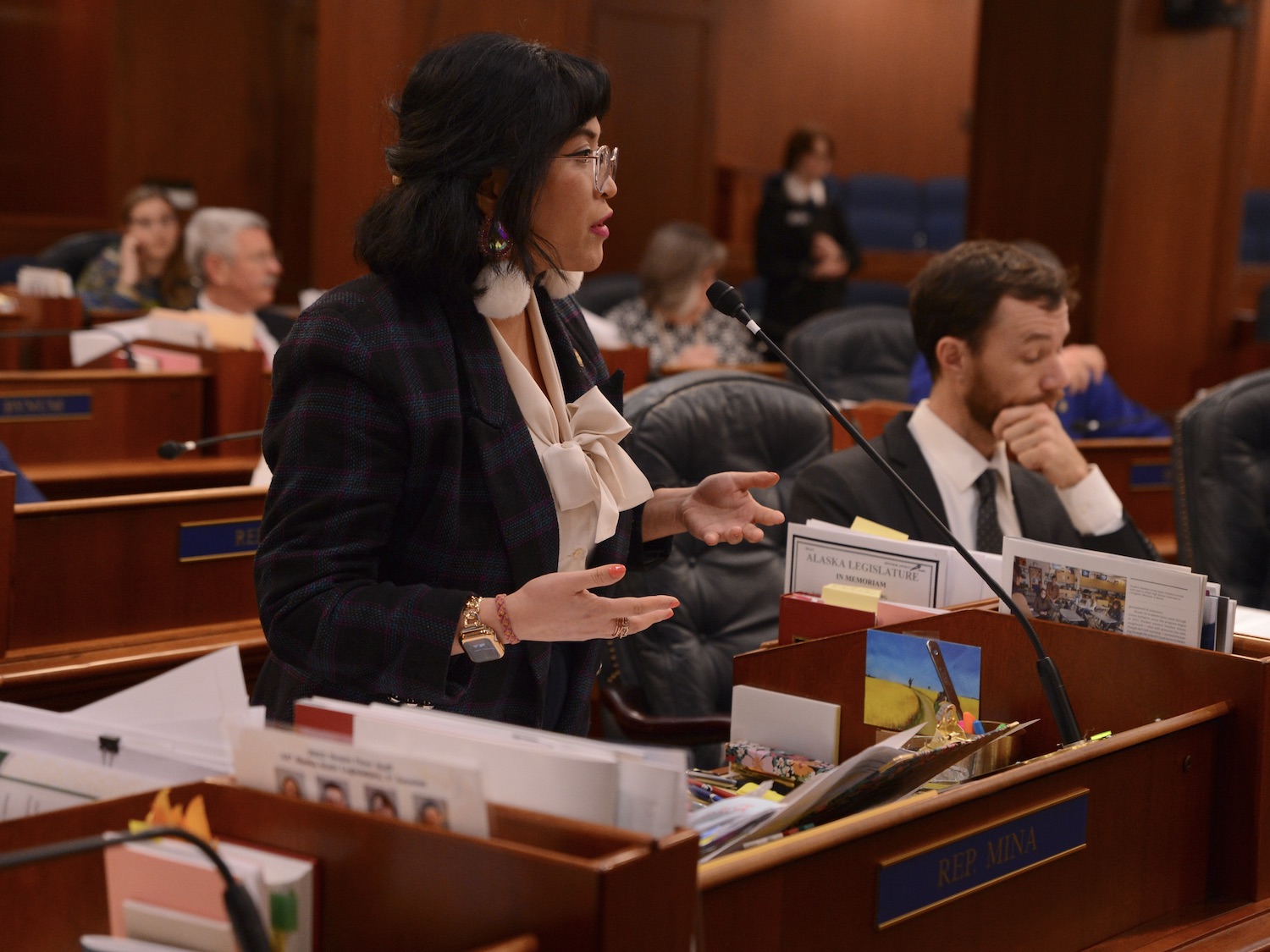Alaska Sounds Alarm: Lawmakers Battle Looming Health Insurance Price Surge

Alaskans Brace for Significant Health Insurance Rate Hikes
Residents who rely on the Affordable Care Act (ACA) marketplace are facing a substantial financial challenge, as insurance rates are projected to surge by an average of 67%. Approximately 25,000 Alaskans who depend on these health insurance plans could see their monthly premiums dramatically increase, potentially straining household budgets and healthcare accessibility.
This steep rate increase highlights the ongoing volatility in the state's health insurance landscape, potentially making healthcare coverage less affordable for many middle-class and lower-income residents. The substantial jump in rates underscores the complex economic pressures facing healthcare consumers in Alaska, a state already known for its high cost of living.
Residents are advised to carefully review their current plans, explore alternative coverage options, and consult with insurance professionals to navigate these challenging changes in the health insurance marketplace.
